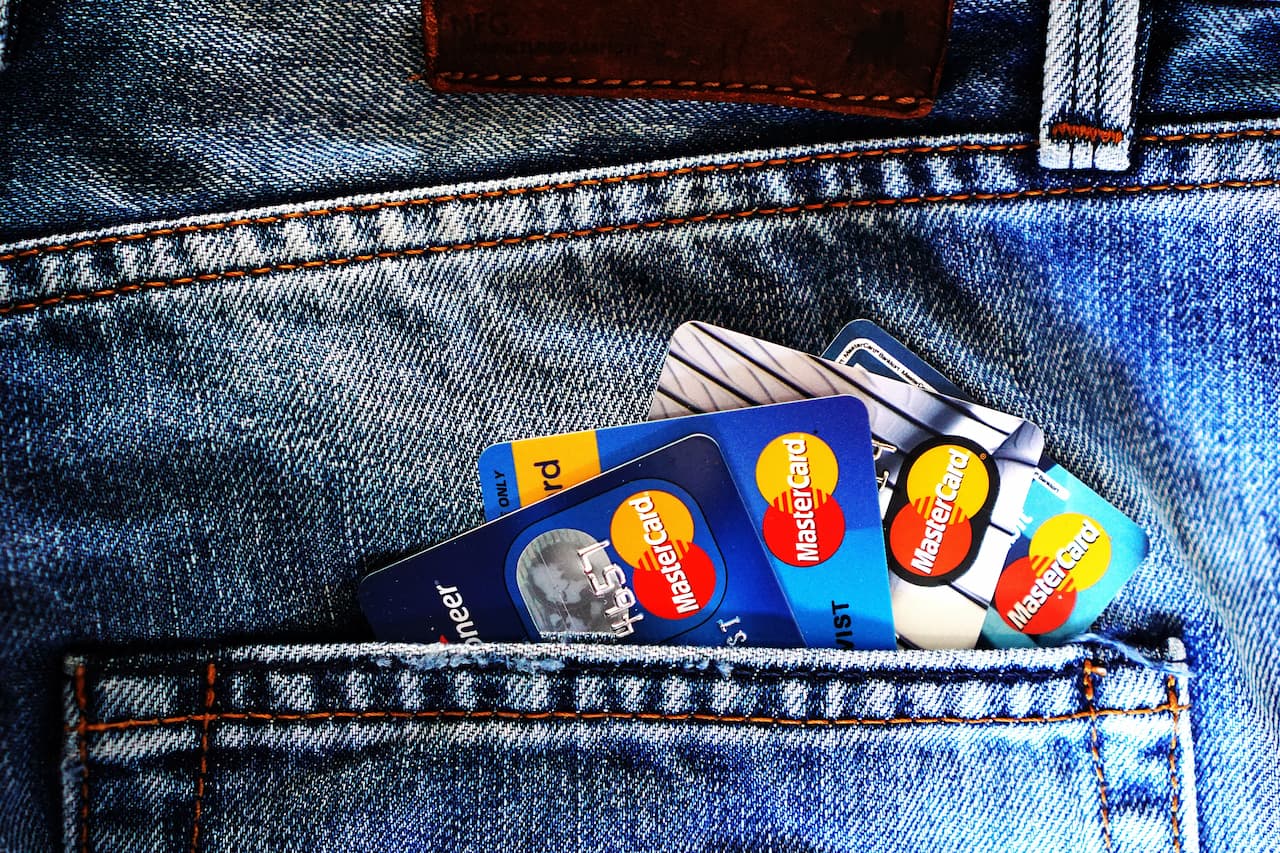
The more actively and responsibly a person uses loans, the more loyal banks are to him. In order to get a profitable loan for an impressive amount (from $ 10,000), an ordinary person and especially an immigrant needs to go a long way. Official employment and a good credit history are a mandatory requirement for the bank to consider the possibility of concluding a loan agreement in the amount of $10,000 or more.
Why is a good credit history so important in the US?
Surely you have all heard about the fabulously low interest rates on loans in this country. Without a credit history (statistics of your payments on loans) there is nowhere. Special companies monitor the credit rating of residents, and transmit data to interested organizations. The rating is expressed in numbers from 300 to 850. Anything below 630 is a bad rating and it is problematic to get a loan or a credit card with it.
Why is a credit score important in the US?
For example, you You want an apartment or a house. You may be denied If your credit rating below a certain number, and you may also be asked for a deposit for the first and last month of rent. If you have a high rating, you could count on rental terms with only an advance payment for the first month of rent or no advance payment at all. Your credit score affects the amount of interest on your loans and the lower your score, the higher your interest. A good age for a credit line is considered to be the use of a credit product for at least 5 years.

The following loans are most popular in the USA:
1. Loan to buy a house (mortgage) – a loan with a fixed and floating lending rate. Fixed rate for a loan term of 15 to 30 years with a fixed monthly payment. With a floating rate, the bank has the right to raise the interest rate later according to the agreements. A floating rate is beneficial for those who plan to quickly pay off the loan or sell the purchased property after a while, pay off the loan and move to another state. Rates range from 3 to 5 percent per annum. It can be very beneficial to refinance an existing loan in order to reduce monthly payments. But refinancing is fraught with an increase in the term for which the loan is issued. Banks are very scrupulous about borrowers who want to get a mortgage and impose strict requirements.
2. Car loan – there are very good offers with low interest rates for a new car at a rate of 0.5% to 1% per annum. Standard interest rates depend on credit history and solvency. In the usual case, the percentage is likely to be up to 2.6%. For used cars, interest up to 4% for a period of 48, 60, or 72 months. Like a real estate loan, it is refinanced. Rates may change. After paying 30% of the loan, it is allowed to return the car and receive a new car instead on credit on individual terms, taking into account the amount already paid for the loan.
3. A student loan obtained from a bank is the last opportunity to get a loan for studying at a university. The best option is to take a student loan from the state or directly at the university for a specific program at a low interest rate. Term from 10 to 20 years. Paid after training and employment. During the loss of work, the loan is not paid. Rates in banks from 6% per annum.
4. Consumer credit – it is beneficial to take when debts are on credit cards, since the interest is lower. On credit cards, interest rates start from 25% per annum and the limit is usually set at the beginning from 500 to 1000 dollars. Keep in mind that banks charge a monthly fee for servicing the card. Most stores accept bank credit cards and also have their own unique cards with bonuses and discounts for people with high credit scores. The more often you use the card and the more take responsibility for paying off your debts, the larger the limit is set for you by the bank and your credit rating grows. The creditor’s debt on the card should not exceed 30% of the card limit, but it must be repaid on time so that the bank sees that the person is actively and responsibly using the card, and, therefore, he can be trusted. Given the fines and late fees, if you do not put money on a credit card on time, it is recommended to use it to pay for food and not open a large number of cards. The more you earn, the higher the limit on the credit card and the chances of getting a loan for a large amount increase.
5. Cleared credit card (credit account) – you open a credit account and put your own money into it. This must be done at the very beginning of your credit history, if you immigrated to the United States from another country for permanent residence, because in this case your credit rating begins to grow, which has a positive effect on your credit history. Do you use your